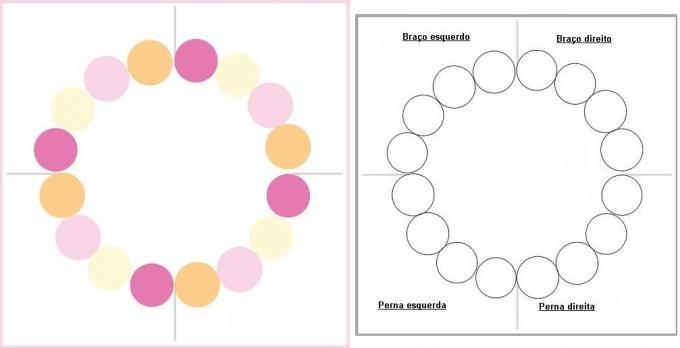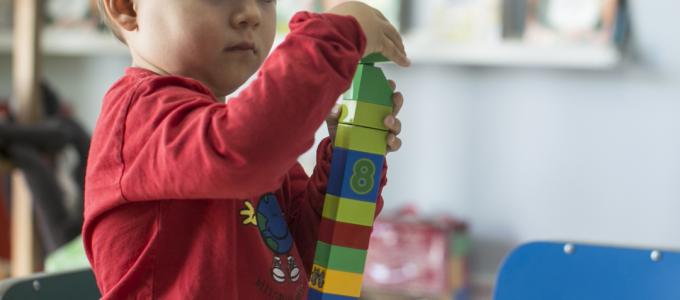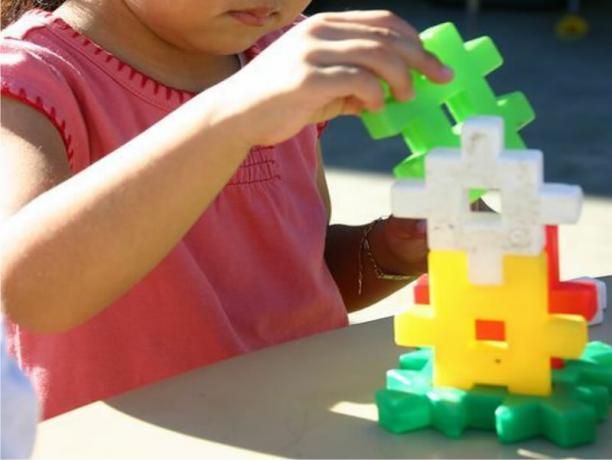Motor coordination allows us to perform the most diverse coordinated movements and can be classified in two ways: gross motor skills and fine motor skills and in this post we selected several Motor Coordination Activities, check out:
Motor coordination it is the ability to more efficiently use skeletal muscles (large muscles), resulting in a more efficient, plastic and economical overall action. This kind of coordination allows the child or adult to dominate the body in space, controlling the roughest movements.
Index
Coordination is often worked without being aware of the most common activities of daily life, so I leave you some tips for activities:
More in: 40 Activities for working motor coordination ready to print
Teach how to use the pencil correctly with the pincer movement, just with a peg
A simple idea can favor prehension (the act of holding a pencil) in adults and children with motor dysfunction: use a clothespin!
You don't need anything else, just the catch:

don't miss seeing toosome tips on how to work motor coordination
Also check out: Fine motor coordination exercises
Below are some ideas for Motor Coordination Activities, to work with colors in the classroom:
Be sure to follow this other publication on this topic: Activities to develop fine motor skills
The consequences of not developing motor coordination are mainly the impaired spatial notion, precarious laterality and delayed reaction time.
"Children with symptoms of developmental coordination disorder ("DCD") at age seven age may be at greater risk for depression and other mental health problems from the age of ten. years old". This is the conclusion of a study carried out at the University of Bristol, in Great Britain. "Children with 'DCD' have motor skills problems and find it difficult to perform daily activities, such as tying shoelaces, riding a bicycle, writing and playing sports."
Twister is a very fun game that also uses the body and works on children's motor coordination and flexibility.
You will need:
Step by step to do:


objective:
Activity:
Activity development:
Objective:
Activity:
Development of activities:
Taking advantage of the same activity, but now the child will walk backwards on the rope.
Still stretched out on the floor, the child jumps with both feet together to left and right consecutively.
The rope can be lifted four inches off the ground for the child to jump from side to side.
The rope can be used by the pair as a tug-of-war, in the middle of the space used must have a mark on the floor, to visualize who is winning the tug-of-war
Children can jump rope.
objective
Activity
Development of activities
Rotate the hula hoop around the waist and other parts of the body such as neck and arm.
With some hula hoops lined up side by side on the floor, walk with your left leg on the left hula hoop and your right leg on the right hula hoop.
Still with the hula hoops on the ground, jump with both feet from one hula hoop to another.
With a hula hoop just jump in and out.
Play with the hula hoop in your hand, turning it like a wheel.
Pass the hula hoop over the entire body starting at head height.

objective
Activity
Activity development
objective
Activity
Development of activities
Subscribe to our email list and receive interesting information and updates in your email inbox
Thanks for signing up.